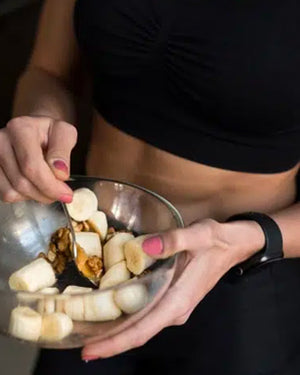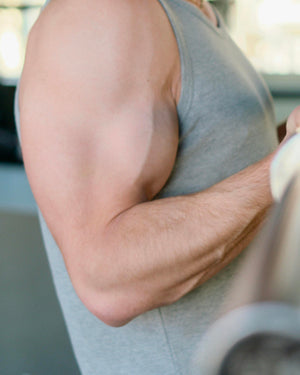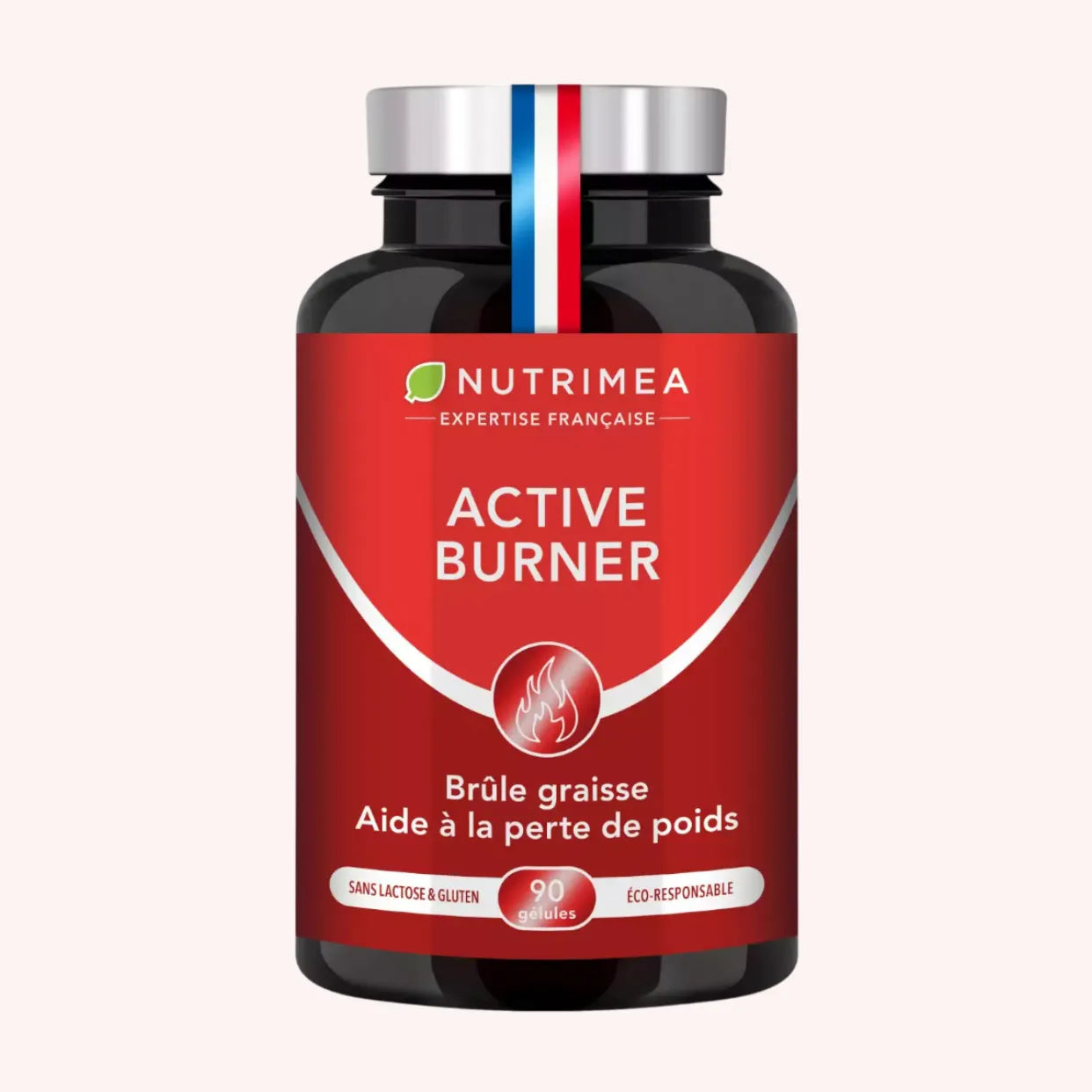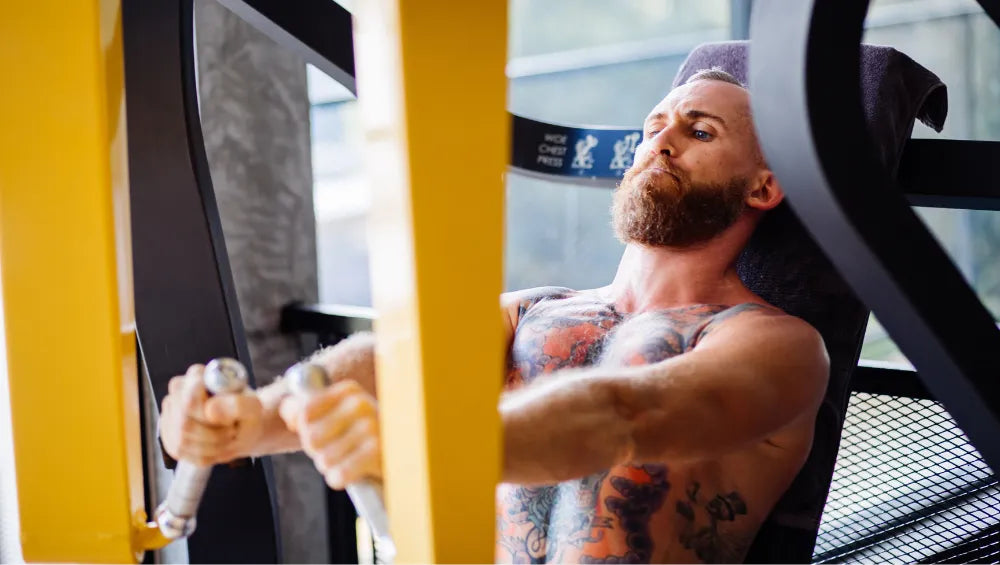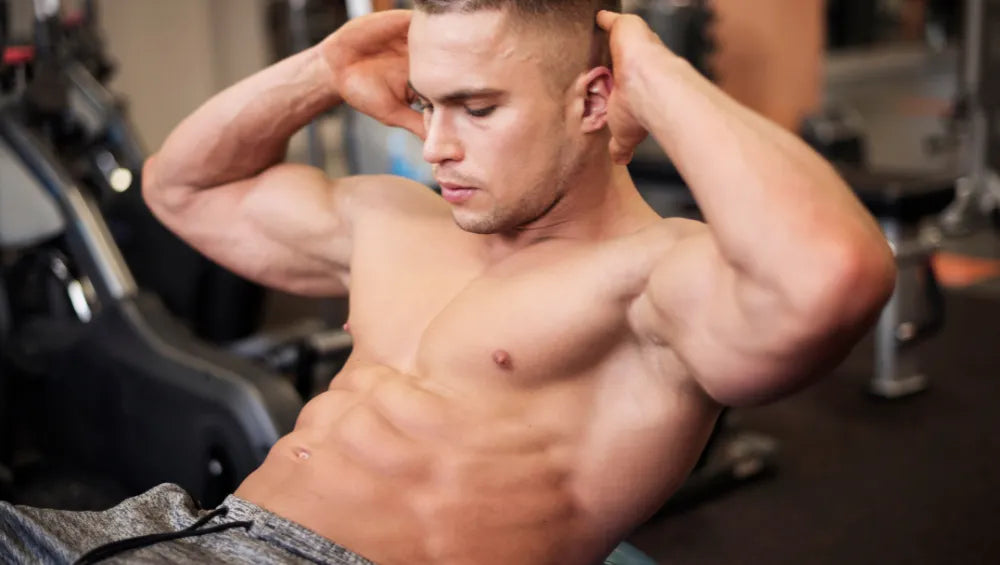Today, many people are looking for effective ways to firm and tone their thighs. There are several specific exercises that can help achieve this goal. How to lose thighs? Our various methods and techniques for losing thighs , with an emphasis on the most effective workouts.
Do lunges to target your thigh muscles
Lunges are great for working deep into the thigh muscles. They particularly target the quadriceps , hamstrings and glutes .
Correct execution of lunges
To perform a lunge correctly:
- Start by standing with your feet hip-width apart.
- Take a big step forward with your right leg while lowering your hips until your left thigh is parallel to the floor.
- Make sure your right knee is just above your right ankle.
- Push through your right heel to return to the starting position.
- Repeat the exercise with the other leg.
This move actively engages your thigh muscles. To increase the intensity, add weights or try variations like jumping lunges .
Cardio to burn thigh fat
One of the most effective ways to reduce overall body fat is to include cardio exercise in your routine.
Brisk walking
Brisk walking is a great way to incorporate cardio into your routine without putting too much stress on your joints. It burns calories and promotes fat loss in your thighs.
Tips for optimizing brisk walking:
- Maintain a steady pace without running.
- Use comfortable sneakers to avoid injuries.
- Favor areas with slight slopes to increase the intensity.
Running
Running engages your thigh muscles more than walking and is a great way to burn calories quickly.
Cycling
Cycling is also very beneficial for the thighs because it requires constant effort from the leg muscles.
Specific thigh muscle strengthening
In addition to cardio sessions, it is crucial to incorporate muscle strengthening exercises to achieve well-defined thighs.

Squats
Squats are very popular because they work a large number of muscles, especially those in the thighs, hips, and buttocks. Variations like sumo squats or jump squats add extra challenges.
To perform a squat:
- Stand with your feet shoulder-width apart.
- Lower yourself down by bending your knees as if you were going to sit on a chair, keeping your back straight.
- Make sure your knees do not extend beyond your toes.
- Slowly return to the starting position.
Adding weights increases the effort required and helps build muscle better.
Knee raises
Knee raises engage the abdominal and thigh muscles while increasing the heart rate.
Leg lifts
Lie on your side and slowly lift your top leg as high as you can before lowering it back down.
Hip adduction and abduction machine
Using these machines allows for better isolation of the inner and outer thigh muscles, which are often neglected during other exercises.
Front and rear slits
Lunges are a classic exercise that primarily targets the quads, hamstrings, and glutes. They not only help strengthen the thigh muscles but also improve flexibility and balance.
How to do the lunges:
- Stand with your feet shoulder-width apart.
- Step one leg forward and bend both knees until your back knee is close to the floor.
- Return to the starting position and repeat with the other leg.
Home training
Wall Chair Exercise
Here's a simple yet powerful exercise that requires no equipment. The wall chair exercise works your thigh muscles and can be done at home anytime.
How to do the chair exercise:
- Stand with your back against a wall with your feet shoulder-width apart.
- Slowly slide your back down until your thighs are parallel to the floor.
- Hold this position for as long as possible.
Stair climbing
Climbing stairs is a daily activity that can transform your thighs if done regularly. It's a form of cardio that also builds muscle effectively.
Role of diet and lifestyle
A balanced diet is an ideal accompaniment to any sports routine aimed at reducing thigh fat. Here are some tips:
Balanced approach
Taking a balanced approach to exercise and nutrition is crucial to seeing results. Eating protein-rich meals will help repair and build the muscles you work on during your workouts.
Eat protein
Protein contributes to muscle regeneration after physical exercise. Include protein sources such as chicken, fish, beans and nuts in your meals.
Hydration
Drinking enough water helps maintain an active metabolism and promotes the elimination of toxins.
Stress management
High stress levels can lead to weight gain due to the release of cortisol. Practice relaxation techniques such as yoga or meditation.
Integrating varied routines to avoid stagnation
Changing exercises and routines regularly prevents boredom and performance plateaus. This maintains long-term engagement and stimulates different muscle groups.
HIIT (High-Intensity Interval Training)
HIIT combines intense exercise periods with short rest periods. This method is extremely effective for burning fat and strengthening thigh muscles.
Yoga and Pilates
These practices improve flexibility, strengthen deep muscles, and provide complementary work to intense exercises.
Swimming
Swimming provides a full body workout, including the thighs, without excessive impact or stress on the joints.
Monitoring and evaluating progress
Measuring progress is essential to understanding what works and adjusting workouts accordingly.
Take measurements regularly
Keep track of your thigh measurements to note changes and adjust your exercises if necessary.
Training planning
Plan your workouts around your needs and availability. Try to combine several types of efforts to target all of the thigh muscles and optimize results.
Keep an exercise journal
Record the exercises performed, repetitions, weights used and sensations felt during each session. This helps identify weak and strong points in your program.
How to Lose Thigh Fat: The Bottom Line
How to lose thigh fat? It's mostly a matter of exercise, diet, healthy living, consistency and self-discipline. But always listen to your body, it has the last word!

